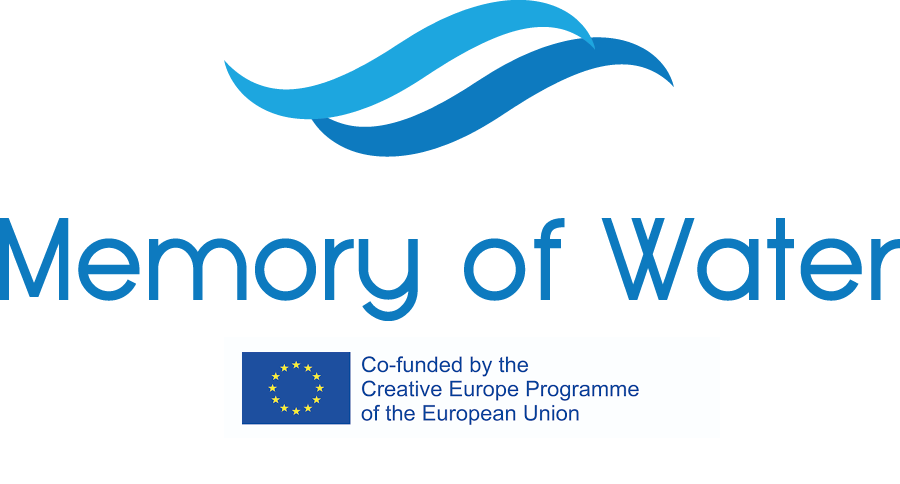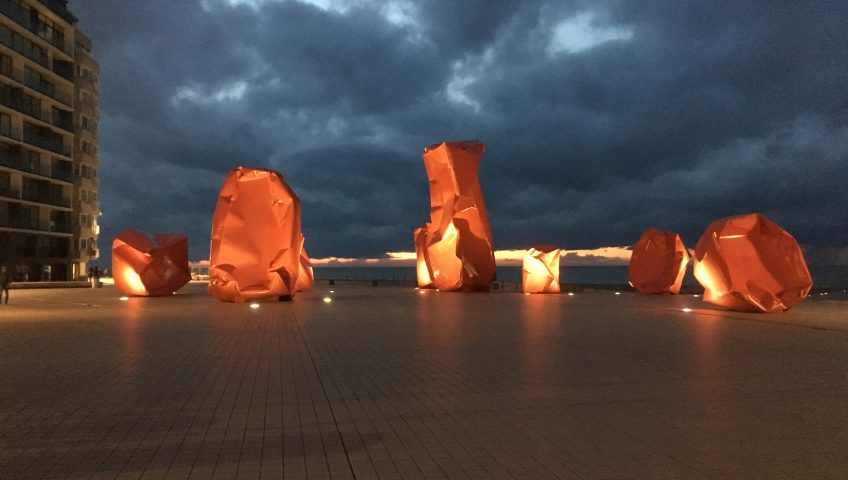I was blown away by the official publicity release from Ostend City that demonstrated such irreverence to Trump’s populism.
I saw huge synergies between the artists inhabiting abandoned buildings on the waterfront of Ostend with our own situation in Govan where artists inhabited an old school at Kinning Park in the 1980’s. I felt the same sense of hopelessness then that the struggle was doomed to fail against the march of gentrification that we witnessed in Ostend and yet that project in 2019 has become an exemplar of community ownership. It is buzzing with artists and community activities. To what do I attribute the success? Artists and activists working together, enrolling experts to support them and forming a community development trust business model to take it forward.
We saw and heard from Siegfried the worry about artists being used as pawns to help prettify abandoned land and raise land values for the benefit of developers. This phenomenon is known as “art washing” and we wondered if artists need to be more responsible about allowing their work to be used like this. We acknowledged that artists have to eat however and the responsibility needs to be shared. Again, I wonder if the partnerships, business models and structures we put in place to take things forward are key to resisting art-wash, gentrification and the use/abuse of participatory interventionist artists in the process.
– Liz Gardiner (Scotland)

